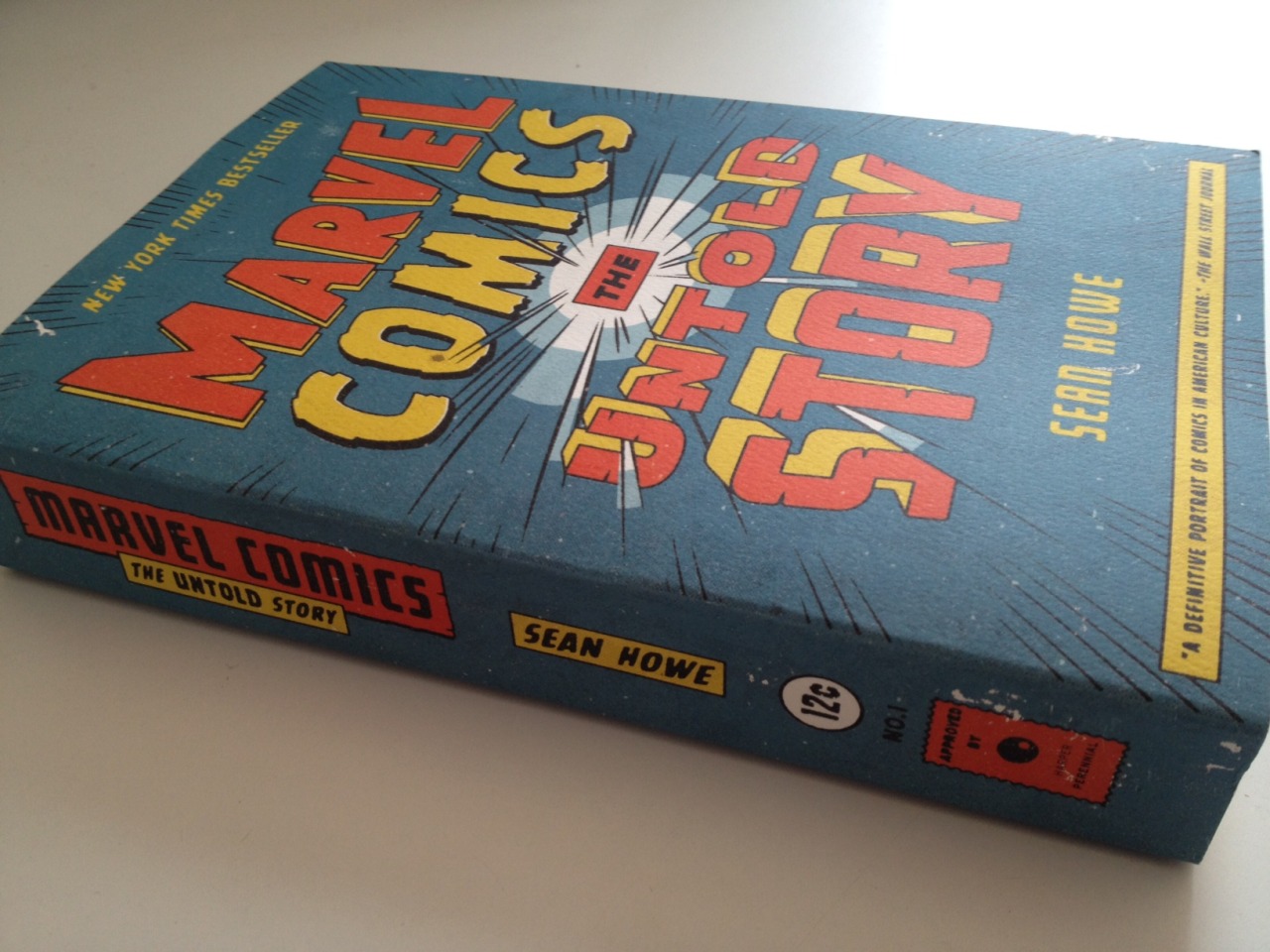
This is also the first book I've read (e-reader) and listened to (audiobook) during the same period. As I'm not driving much, my reading was much faster than my listening, but all in all, I kinda like the "submersion" in a topic that the parallel modalities provide.
The "Marvel Age" started in the early '60's when DC revived Flash and Green Lantern and established some renewed interest in heroes. Marvel hit on all cylinders with Fantastic Four and Spider-Man, paving the way for X-Men, Daredevil, Hulk, Iron Man, even Ant Man, all of which still are around today (50+ years later), and revived the Human Torch (though a different one), Sub Mariner and Captain America they ran as Timely in WWII.
The surprise to me is that the creators didn't really get attached to characters, as the medium was considered to be short term - if you got a couple of years of steady work, great.
With the dramatic success of the Marvel line, and the success Superman had on an ongoing basis, the value of the characters, and the model of how long they'd be "in play" changed. Marvel (Stan Lee primarily) placed the artist, inkers, writers, editors etc. names prominently in the comics, so fans actually made connections to Kirby artwork, Ditko artwork or Lee scripts. Thus, both the characters and the creators now had "value" - Kirby drawing anything would be looked at be dedicated fans, and Spider-Man appearing in any comic would draw others.
The industry was slow to change the payment model and the ownership model of characters. The status quo (the company owns everything) worked to the company's favour, and the publisher argued that it was the publisher that was taking the risk, so it was the publisher who should benefit when sales skyrocket.
This led to serious mistreatment of key players in the comics world - Siegel and Shuster did not get any major monies, even though Superman (their creation) is probably worth in the billions to DC Comics (TV series, comics, collectables, movies) as are Spider-Man, Fantastic Four and X-Men to Marvel. Stan Lee is probably the one who benefited most (and arguably at the expense of others) from the Marvel characters created by Lee and Kirby (or Kirby if you wish to hear from his side). Kirby did well, though nowhere near the personal fame, and long-term monies Stan Lee received.
The artists got their "revenge" in the 90's, where some benefited from a very strong market to start different companies where the creaters owned the characters. All companies sold comics well for a few years, but eh crossover issues, marketing campaigns (such as foil covers, multiple covers etc.) kinda killed the marked suddenly. However, the die was cast and the publishers began to give credit (in terms of returned artwork, and % of sales) to the creators, which seems to be a much more fair allocation of wealth.
Kirby, one of the titans, died having lead a pretty eventful life in comics, but did not live long enough to get his fair due, either financially or even given the creator credit he was due. Siegel and Shuster, is another book and an even more tragic tale.
No comments:
Post a Comment